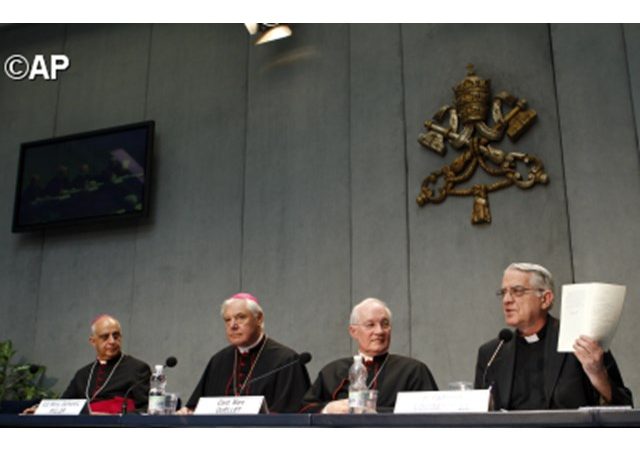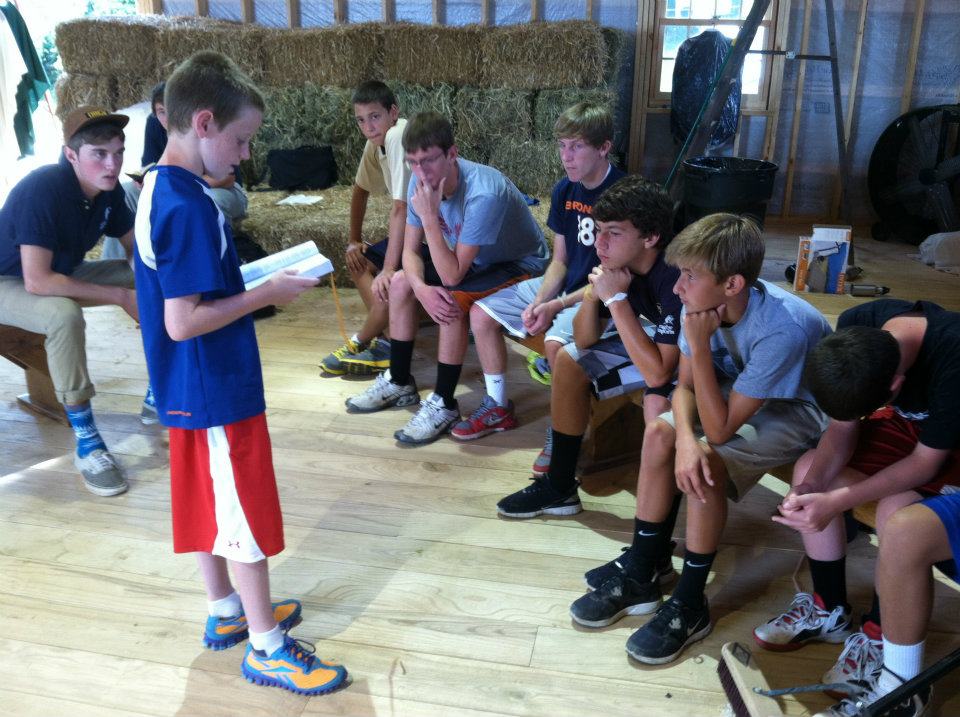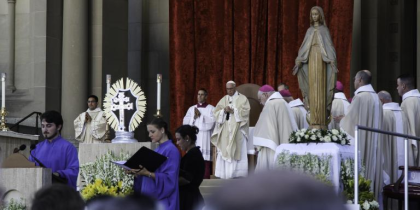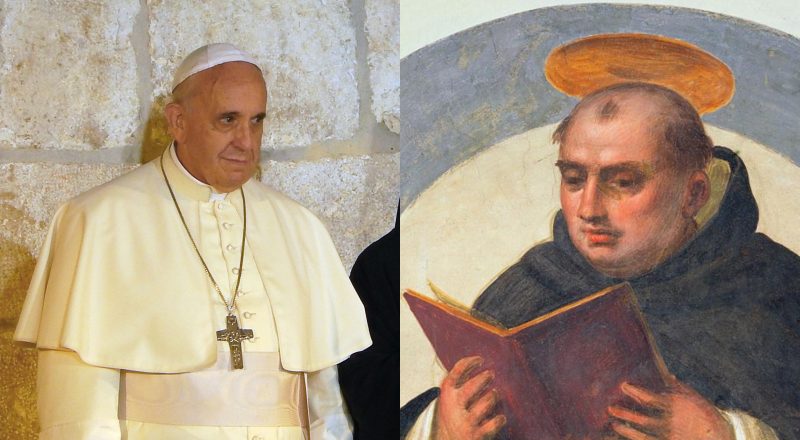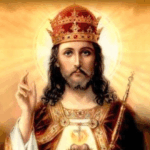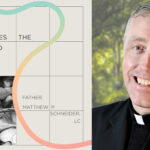 The Church does not rush to judgement, but reflects and ponders clearly to ascertain what is God’s will. This can take years, even decades. Vatican II renewed many aspects of Catholic life: the sacramental character of a bishop’s consecration, the lay vocation to holiness, the religious life, and the structure of the Church. All of these have brought about a need for further reflection on the relationship between different branches within the Church. In 1978, the Congregation for Religious and Secular Institutes published Mutuae Relationes, which gave norms for the relationship between bishops and religious in the Church.
The Church does not rush to judgement, but reflects and ponders clearly to ascertain what is God’s will. This can take years, even decades. Vatican II renewed many aspects of Catholic life: the sacramental character of a bishop’s consecration, the lay vocation to holiness, the religious life, and the structure of the Church. All of these have brought about a need for further reflection on the relationship between different branches within the Church. In 1978, the Congregation for Religious and Secular Institutes published Mutuae Relationes, which gave norms for the relationship between bishops and religious in the Church.
On June 14, 2016, the Congregation for the Doctrine of the Faith published similar norms for other charismatic elements within the Church, notably movements and new communities, under the title Iuvenescit Ecclesia. (In this essay, “charismatic” will refer to movements of the spirit in general, not specifically to the Charismatic movement.) My intention here is to explore the similarities and differences between the two documents. When Iuvenescit Ecclesia was first announced, many speculated that it would simply update Mutuae Relationes, as Pope Francis had suggested was needed1; however,Iuvenescit Ecclesia applies rules similar to those found in the first document to entirely new types of groups.
Both documents begin with a section on doctrine, and then move to a section on practical application. I will review each of the two sections in parallel, and then talk about some applications of how to facilitate synergy between religious communities or movements, and dioceses or parishes.

